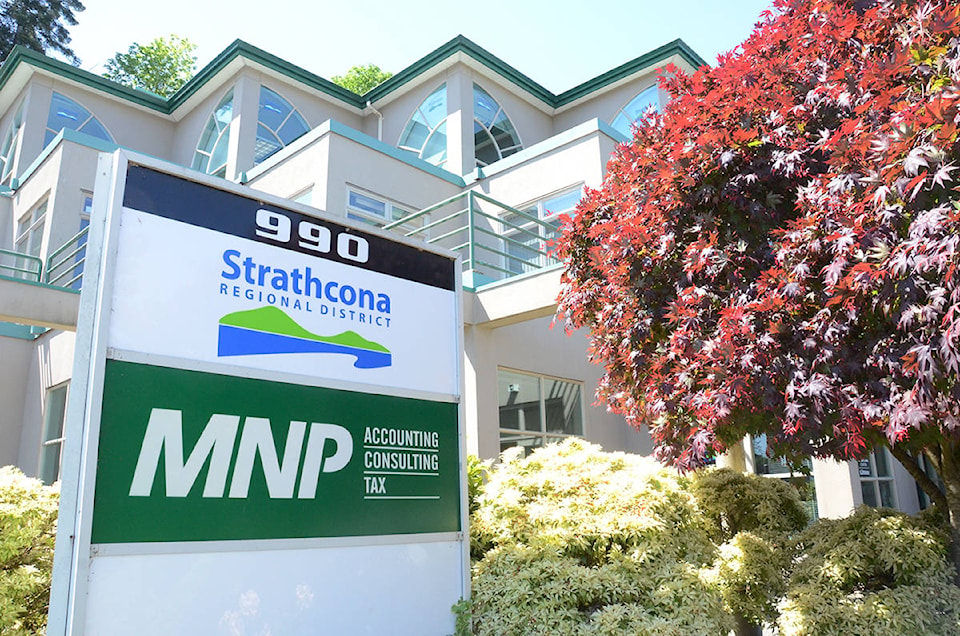Cortes Island is in the midst of updating its rules around nuisances on properties.
It’s mostly a housekeeping issue, says Area B Director Noba Anderson, adding there have only been a couple of major incidents they have dealt with over the last decade or so.
“Really, they’re not new provisions. They just now have to legally be in a different place,” she said.
The Strathcona Regional District has started the process of changing its bylaws to give it more enforcement power in the event it has to deal with a problem property owner. It does not have a specific bylaw regarding nuisance control, but does have provisions in its zoning bylaw, which dates back to 2002. These cover issues like unsightly premises to make sure residents do not, for example, allow old vehicles to pile up in their yards in visible locations.
In the time since the bylaw was written, provincial courts have determined from cases in other communities that such provisions cannot simply be folded into zoning bylaws.
“It’s been determined that in order to have those nuisance provisions be enforceable, they have to be in stand-alone bylaw,” Anderson said.
Cases in which the regional district has to intervene have not been common on Cortes Island, though the SRD wants to make sure it is in a position to take action, should such an incident arise.
“They very rarely would be applied here in my experience,” she said. “There are few very complaints. I think in my 10 years, we’ve received two that amounted to anything…. There’s an incredible degree of deference.”
Anderson cited one example where there was a large number of old cars and other junk in a relatively central area. She added that they are not looking at regulating noise or anyone’s “regular daily activity.”
Provincial legislation covers a range of potential nuisance matters for properties and how all local governments can regulate them. Under Section 325 of the Local Government Act, nuisances and disturbances can be defined in many ways, such as waste and rubbish, noxious weeds, caterpillars, ash and cinders.
“There’s all kinds of provisions on graffiti and other things that wouldn’t apply here,” Anderson said.
She suggests the SRD does not need anything with such breadth, so it’s not as if island residents are going to face penalties, for example, if their grass is little too long.
Last summer, the regional district did a survey among Cortes Island residents around nuisance bylaws in order to hear what people felt were the priorities.
“We got a majority response saying, ‘yes, they supported this,’ but really to just keep it to unsightly premises and odour stuff,” she said. “Really, these two go in tandem.”
The other tool that should be available more in the future is the ticketing bylaw, Anderson said. At present, there are few ways to bring someone into compliance, so the SRD is looking to make the current bylaw stronger.
“Basically, we need to take them to court, which is a very blunt mechanism,” she added. “It really doesn’t make sense, except for the most egregious situations.”
Anderson is hoping the SRD board can move the process covering zoning and nuisances along through the summer and be adopted prior to this fall’s municipal elections, but she expects the ticketing bylaw, as it would cover other SRD electoral areas, will be a longer process.
